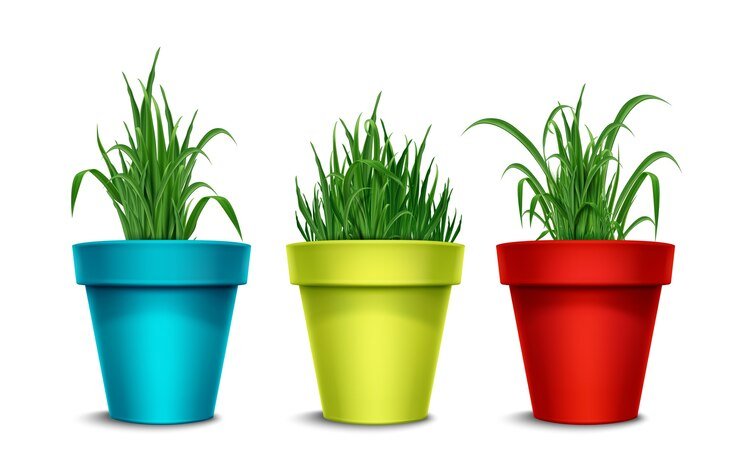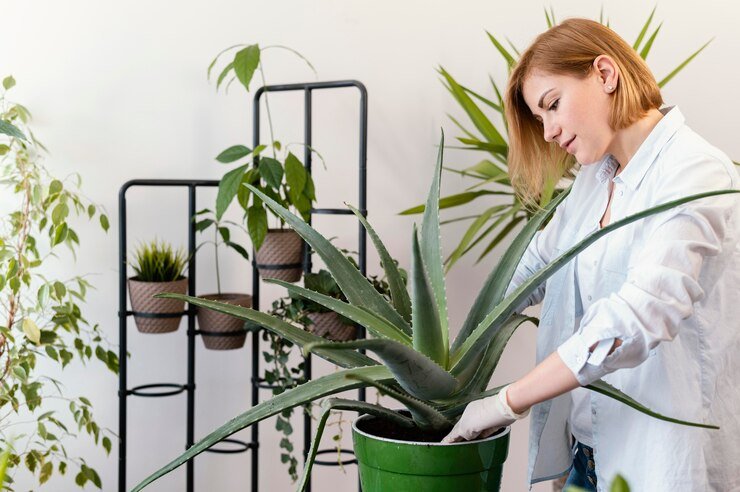Care Tips for String of Dolphins Light Water Soil Needs
There are a variety of succulents and cacti around the world. However, one of the most enchanting is the string of dolphins. Named for its leaves shaped like leaping dolphin, the plant is related to a string of pearls, a string of bananas, and a string of fish hooks, each named after their resemblance to these objects.
The String of Dolphin originates from the Southwest region of South Africa, where it grows in an arid Mediterranean climate with hot summers and cool winters.
This makes them great landscaping plants for milder environments, such as the California coastline, but they also make excellent indoor plants when hung in baskets.
Best of all, these plants are easy to grow and extremely simple to propagate, allowing you to create new plants to share with loved ones and friends.
The Right Indoor Lighting for Dolphins
A sunny, bright window is ideal for this plant indoors.
A south-facing window is best, as it receives sunlight from early morning until midday, though it will also thrive in a west-facing window with sunlight from midday until sunset.
Alternatively, you can place it under a grow light if you do not have a windowsill that receives sufficient direct sunlight.
String of Dolphins Care
Strings of dolphins are typically considered low-maintenance succulents. Here are the essentials for growing a string of dolphins:
- Find a sunny location, ideally in a south-facing window.
- Use well-draining soil, such as a cactus or succulent mix.
- Water thoroughly only after the soil is completely dry.
- Feed the dolphins sparingly, about once a month, during the growing season.
Light
While they can get sunburned outdoors in direct sunlight, a string of dolphin plants thrive as houseplants with at least six hours of sun daily. A south-facing window is ideal; however, they can adapt to moderate light indoors. If needed, a grow light can help provide additional lighting.
Soil
Like all succulents, dolphins require dry, well-draining soil. Commercially available cactus and succulent mixes work well, though you can make your own by mixing two parts potting soil, one part pumice or perlite, and one part sand.
Water
The leaves of the string of dolphins hold water for a long time, so they are drought-tolerant and do not need frequent watering.
Let the soil dry out completely between waterings to avoid root rot, then water thoroughly. Reduce watering in the fall and winter when the plant goes dormant.
Temperature and Humidity
Indoors, a string of dolphins grows well at average home temperatures and humidity levels. Interestingly, while these plants are not frost-tolerant, they prefer cooler temperatures than most succulents, tolerating winter lows as cool as 40°F (4°C).
If you live in an area with cold winters, there is less need to worry about keeping your plant away from cold or drafty windows.

Fertilizer
String of dolphins do not require regular feeding, and over-fertilizing can cause leaves to lose their unique dolphin shape. A light feeding in spring can boost growth and encourage blooming. Organic fertilizers like worm compost, liquid kelp, or fish emulsion are generally recommended.
Pruning
To encourage additional growth points at the base of your string of dolphins, it’s suggested to prune during spring and summer when the plant is growing rapidly.
This can promote a fuller shape. If the plant becomes too leggy, pruning can help restore its appearance. You can also replant the cuttings into the pot to increase its fullness.
Is String of Dolphins Toxic to Pets?
The String of Dolphins plant can be mildly toxic to pets if ingested in large quantities.
If your pet consumes it, they may experience symptoms like vomiting or an upset stomach. While most pets are unlikely to eat enough to cause serious harm, monitoring your pet around this plant is wise.
Propagating String of Dolphins
To encourage healthy growth, the string of dolphins can be propagated using stem cuttings with three nodes near the leaf growth points.
Soil Propagation
Propagating a string of dolphins is straightforward. Taking a healthy stem cutting is the best way to grow more. Place the cutting in the soil and mist it daily to keep it moist. Over time, new roots will develop around the nodes.
Water Propagation
You can also propagate a string of dolphins in water. Select a 4-inch stem and place it in a rainwater or distilled water container.
Once roots develop, transfer the plant to a well-draining potting mix.
Pests & Common Problems of String of Dolphins
The majority of the time, String of Dolphins is an easy indoor plant with only a few issues. The most commonly encountered insects that cause problems are mealybugs and insects, both of which can create small white as well as brown marks on the leaves, respectively. If you notice one of these pests in your plant’s dolphin, don’t need to worry.
There are simple ways to eliminate these pests. Here are some typical bugs and issues with which String of Dolphins plant may be faced with:
- Mealybugs: These tiny, white, cotton-like insects can damage the plant. Use a cotton swab dipped in rubbing alcohol to remove them, or apply insecticidal soap.
- Spider mites can cause webbing, discoloration, or stippling on leaves. Mist the plant regularly and maintain humidity to deter spider mites.
- Root rot: Overwatering or poor drainage can lead to root rot, which softens and decays the roots. Ensure the soil drains well and allow it to dry out between waterings.
- Leaf drop: Sudden changes in temperature or inconsistent watering can cause leaves to drop. Maintain stable temperature and watering habits to prevent this.
By watching for these pests and problems, you can ensure your String of Dolphins plants stays healthy and thriving!

FAQs
How do you care for the string of dolphins?
Temperatures between 65-80°F are suitable for this species. Grow in the morning sun for no more than two hours daily or in bright, indirect light. Bring indoors if temperatures drop below 50°F. Indoors, the string of dolphins prefers direct to medium-bright light from eastern, southern, or western windows.
How can I make the string of dolphins grow longer?
To refill the pot and encourage new growth, wrap longer stems over the soil to root them. Longer growth can also be pruned and replanted.
Can a string of dolphins get too much sun?
As houseplants, the string of dolphins requires bright, indirect light to thrive. Too much direct sunlight may cause the leaves to wilt.
Can a string of dolphins grow outdoors?
Outdoors, the string of dolphins can be placed in morning sunlight for up to two hours daily or in bright indirect light. Bring them indoors if temperatures fall below 50°F. Indoors do well in indirect light from eastern, southern, or western windows.







